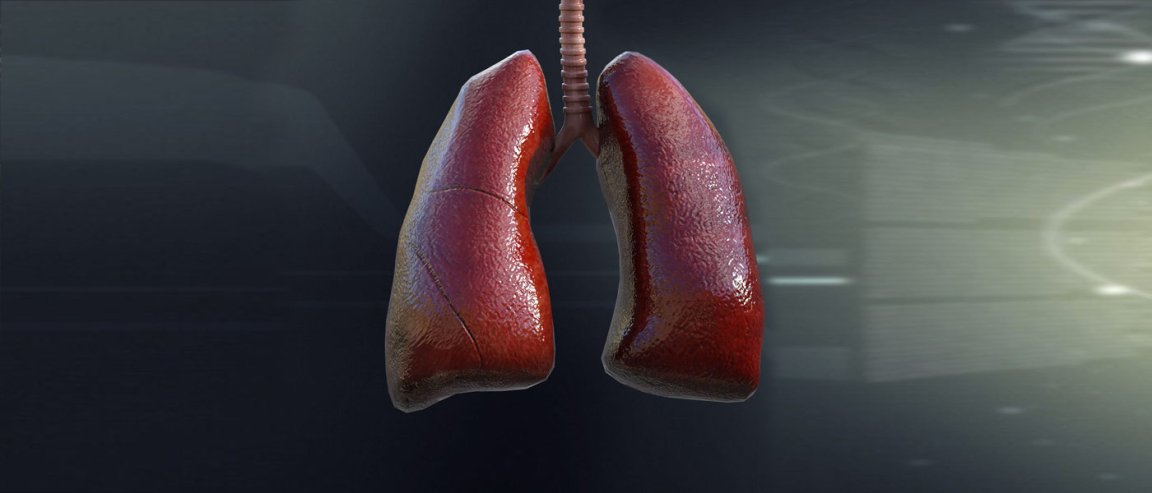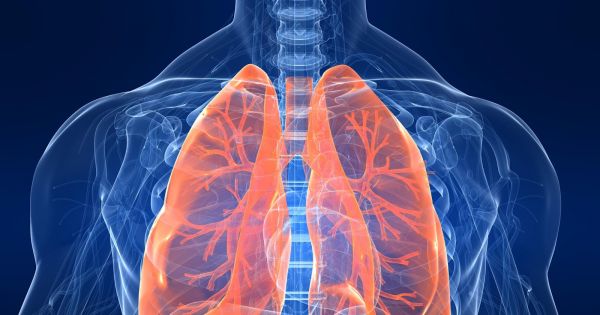
A Model for Medicine
3D printing is opening so many new doors in the medical field. The technology allows researchers and doctors to manipulate the finest design nuances of models as well as the properties of the materials used to build them. These 3D printed models of organs, bones, and other organic subjects are valuable tools for both students learning the basics and medical experts testing new treatments and conducting experimental research.
Now, Czech scientists from the Brno University of Technology have developed a 3D printed model of a functioning lung that can simulate real-life conditions like asthma and other chronic breathing problems. They believe that their 3D printed mechanical model and its computer-based counterpart can be used to devise new, more precise treatment methods. It would be particularly useful in creating a reference standard for inhaled drugs. “This model will show whether an inhaled drug will settle in the concrete areas where we need it to,” Miroslav Jicha, the head of the research team, told Reuters.

3D Printed Health
Printing human flesh isn’t just a fantasy from HBO’s “Westworld.” Bioprinting is an emerging technology that’s currently being explored for its enormous potential to help us cure ailments and perfect treatments.
The Queensland University of Technology has announced the establishment of a bioprinting institute that will scan, model, and 3d-print patient-specific tissues in one building. Their goal is to eradicate the need to wait for compatible organs from donors as the necessary characteristics of any organ could be supplied right away. Other researchers have already 3D printed tumors for research and body parts like jaws and ears for patients that have lost their own.
Every year, 3 million people die worldwide from chronic obstructive pulmonary diseases. While the Czech researchers haven’t announced the applicability of their synthetic lungs as an implant, it’s a possibility that could help us cut that number drastically in the future.